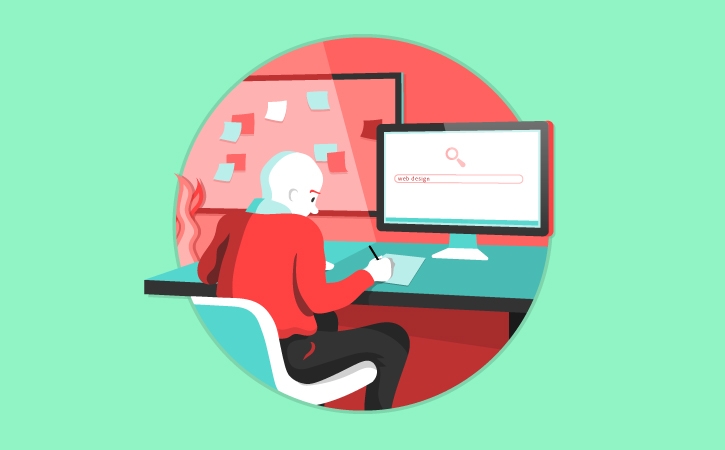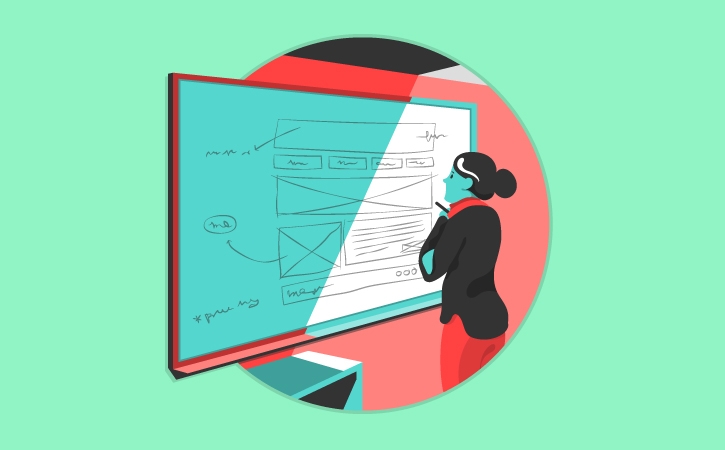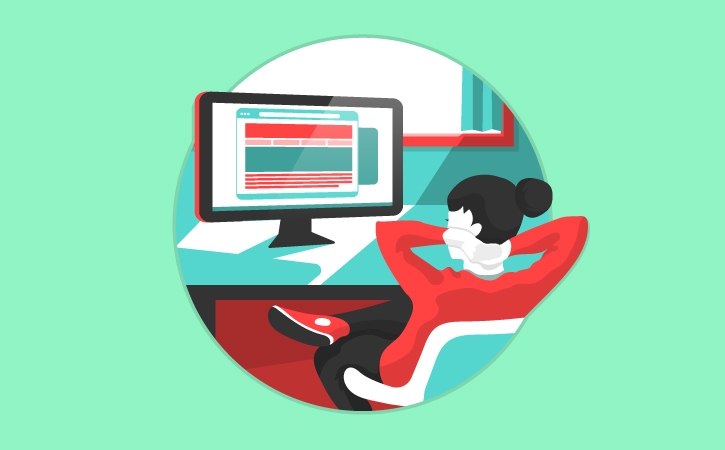Learn about the key stages in a web project including planning your content, wireframing your design, creating web pages, and publishing your site.


Plan your content
Planning good content is arguably the most important phase in web design. This is also the stage that can take the longest amount of time, but it is worth doing it well. A good content plan will increase the presence and usability of your site as well as speed up web development.
Some key points to keep in mind are to know your audience, short and concise is usually better, think about how others will search for your site, and organize content logically.
Wireframe your design


A wireframe is a blueprint, or an abstract visual representation, of a website that makes it easier for you and your team to collaborate during the design and planning stage. Wireframes can be simple diagrams drawn by hand for quickly getting ideas down wherever you are, or they can be a more complex definition of a website's navigation and functionality.
A variety of wireframing tools are available to you including pen and paper, free or commercial wireframe software apps, or even other Creative Cloud apps such as Photoshop. Choose the method and level of detail that work best for you and your team.


Create web pages
Now it's time to put that great design and planning into action. To bring a conceptual plan to life, it is important to understand the languages of web design. The main focus for this series will be on HTML and CSS with a sneak peek into JavaScript.
HTML, or Hypertext Markup Language, is used to create the overall structure and content of the pages in your website. CSS, aka Cascading Style Sheets, is used to style visual properties of website's content and customize the layout. JavaScript is a popular language you can use to add functionality and interactivity to web pages.


Publish your website
Once you are ready to publish your website for the world to see, you'll need a few things. First, you'll have to get a domain name, or web address. You will also need dedicated space on a web server and the connection details – FTP is a common way to connect to a web server. If you are creating a website for your company, you can get this information from your IT web admin. If you are publishing your own site, you can get this information from a web host provider.
You can then use the Sites feature to connect to the web server and publish your site straight from Dreamweaver.

